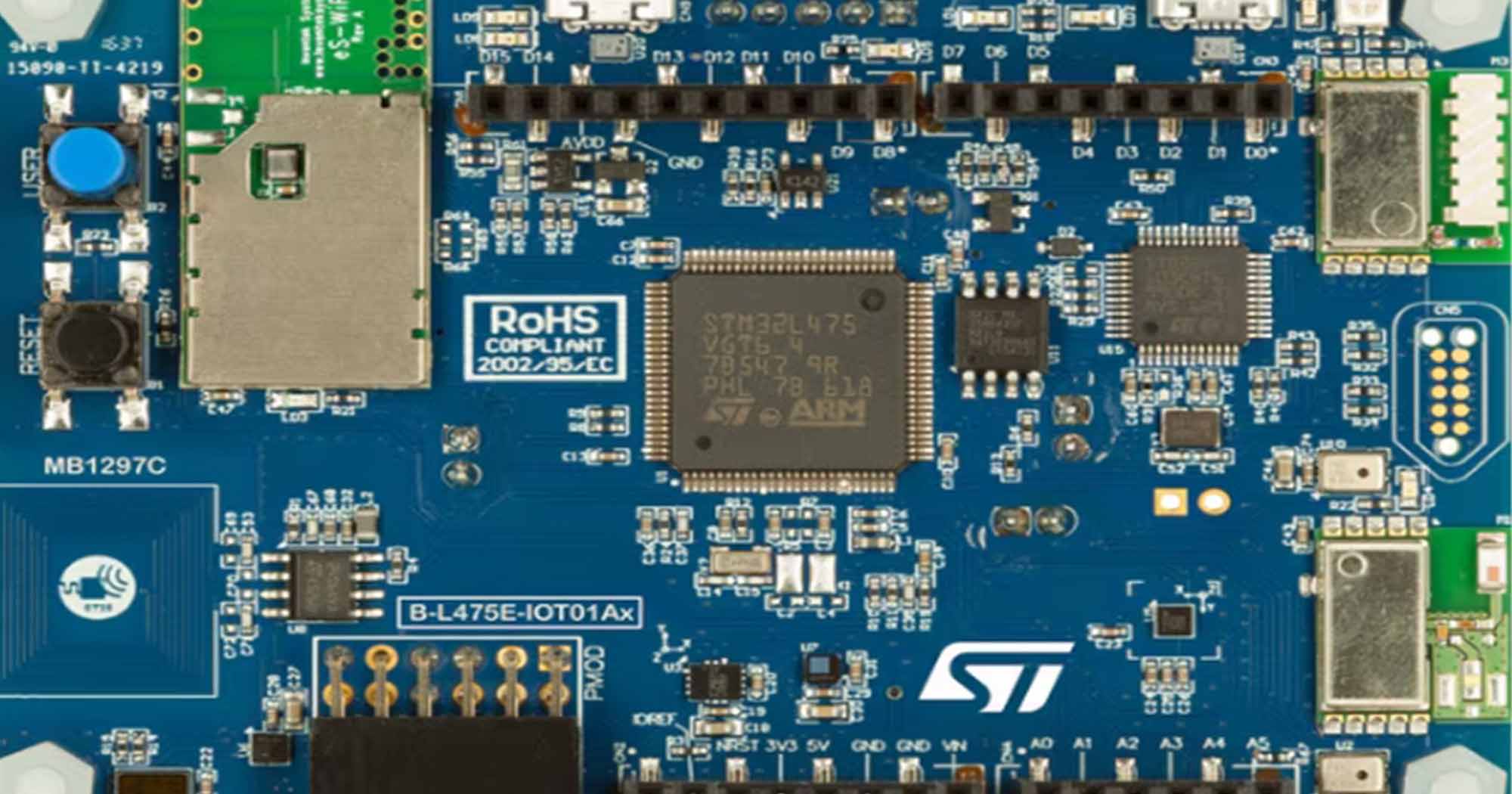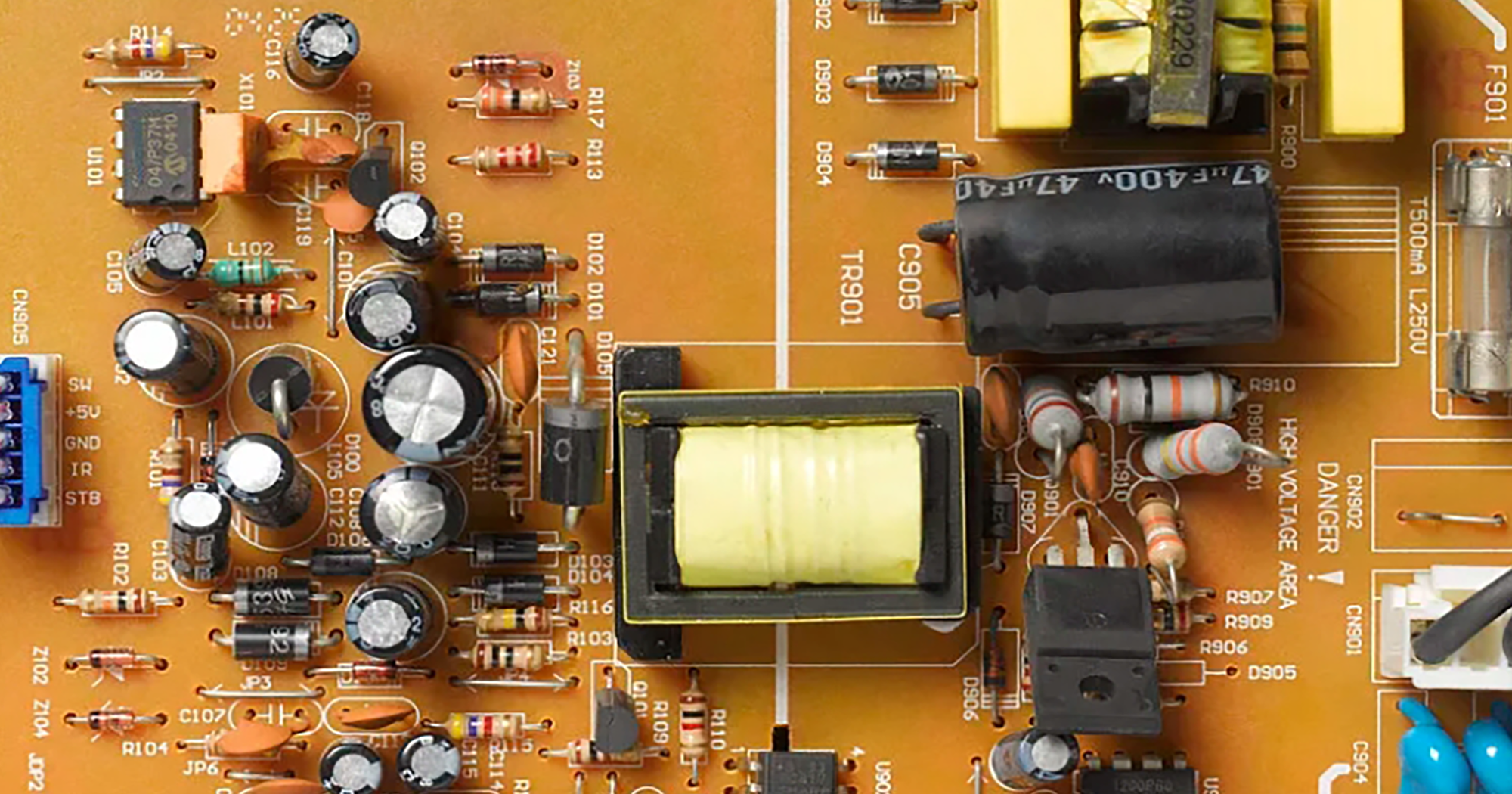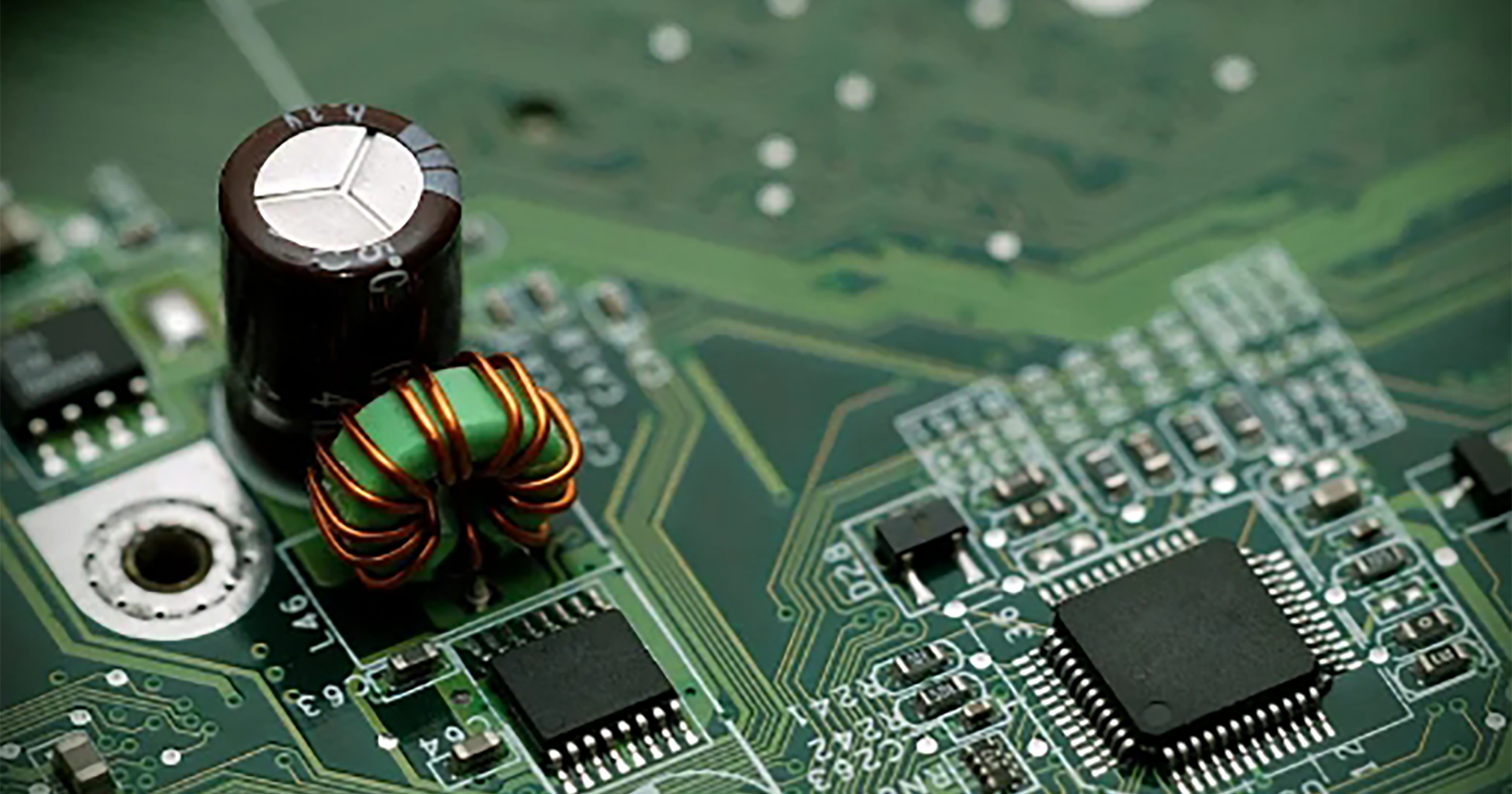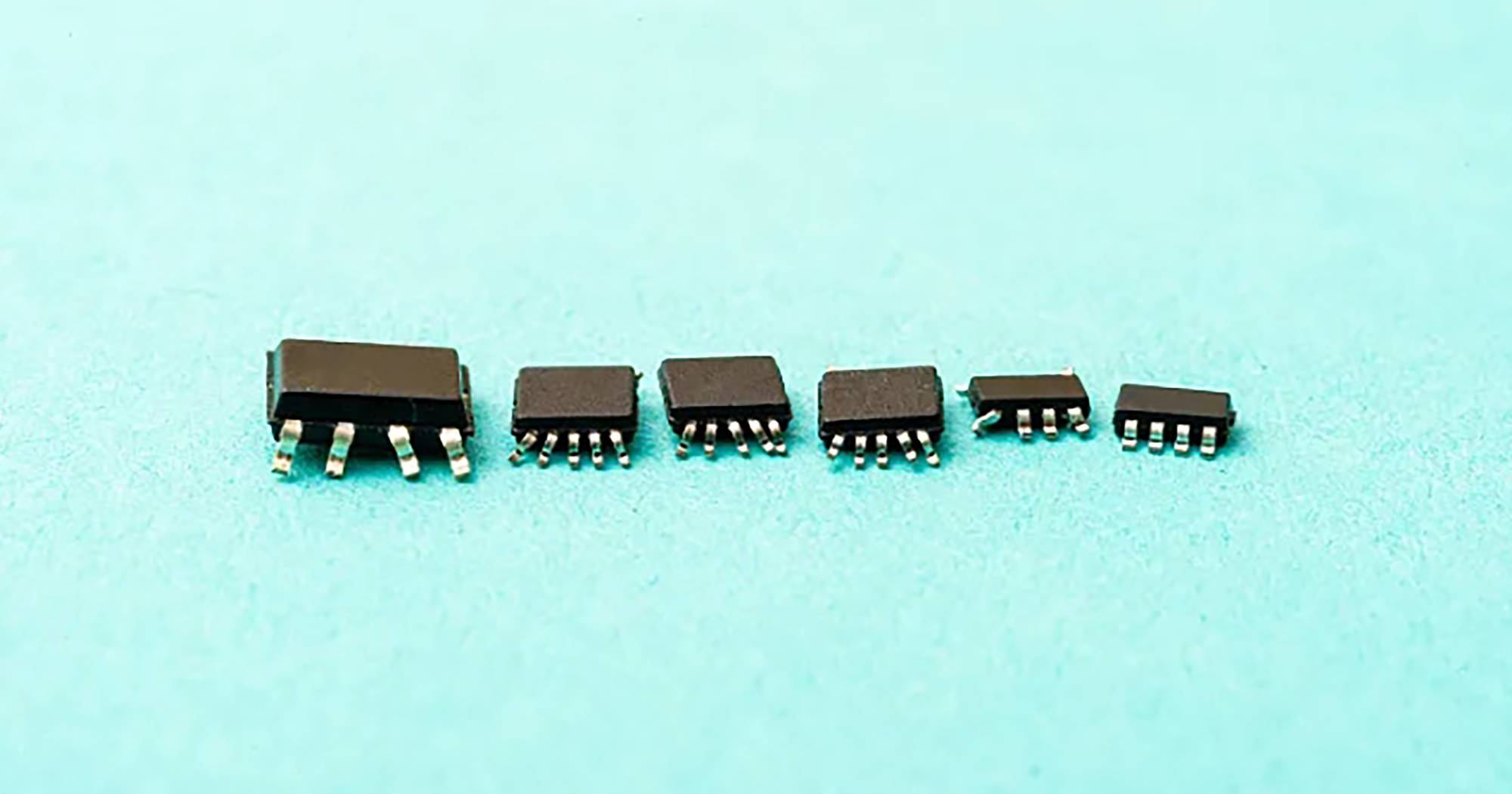Tactile Switches: Key Applications for Engineering Solutions
Tactile switches are essential components in a wide range of electronic devices. Their distinctive feel and reliability make them a preferred choice for engineers and procurement professionals in various industries. This article explores different models of tactile switches, their applications, and key specifications that matter to engineers.
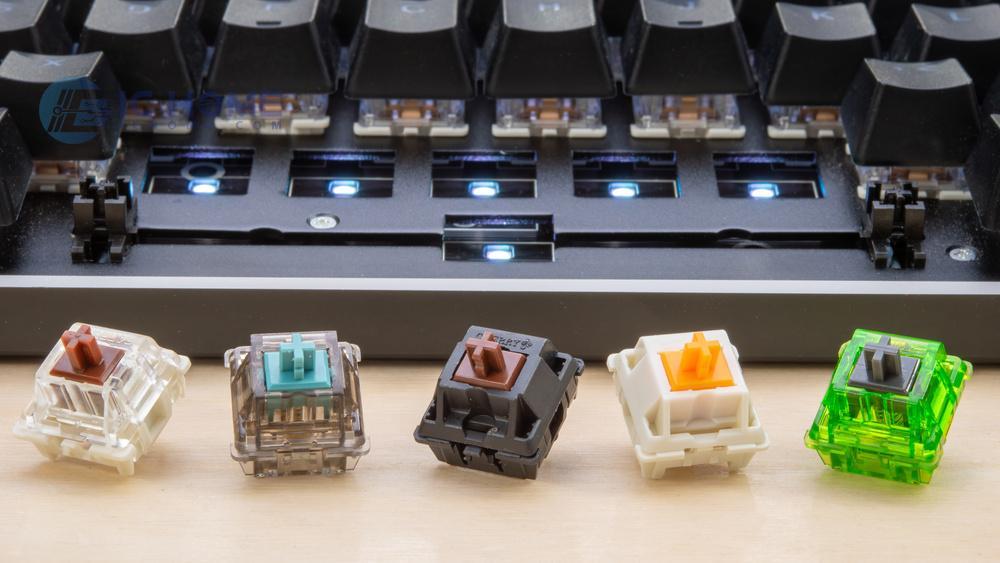
Understanding Tactile Switch Models
Tactile switches come in various models, each designed to meet specific requirements. The primary classifications are based on their operating mechanism and footprint. Common types include:
Momentary vs. Latching Switches: Momentary switches only remain on while pressed, making them suitable for applications like keyboard buttons. In contrast, latching switches maintain their state after being pressed, commonly used in power switches.
Surface Mount vs. Through-Hole: Surface mount tactile switches offer a lower profile and are more suited for modern compact devices, while through-hole switches are often used in applications where durability and easy replacement are crucial.
Size and Actuation Force: Engineers must consider the size and actuation force when selecting a switch. Smaller switches can fit in tighter spaces, while different force ratings allow designers to choose based on user experience requirements.
Key Applications:
Tactile switches find their way into numerous applications across different sectors:
Consumer Electronics: From smartphones to home appliances, tactile switches provide user feedback that enhances the user experience. Their reliability in high-frequency operations makes them ideal for everyday devices.
Industrial Equipment: In machinery and equipment, tactile switches are often employed for control panels. Their robust design withstands harsh environments, ensuring that operators can rely on them under demanding conditions.
Medical Devices: Precision and reliability are paramount in medical applications. Tactile switches are commonly used in devices like blood glucose monitors and diagnostic equipment, where accurate input is critical.
Automotive Controls: Tactile switches are integral to automotive applications, such as dashboard controls and infotainment systems. Their ability to provide tactile feedback enhances safety by ensuring that users can operate controls without diverting attention from the road.
Specifications and Packaging Considerations
When selecting a tactile switch, it's crucial to consider specifications and packaging options that align with project needs:
Electrical Ratings: Ensure the switch can handle the required voltage and current levels. Different models come with varying ratings, so it's essential to match these with application requirements.
Temperature Range: For applications in extreme environments, selecting a switch with the appropriate temperature rating is vital. This ensures the switch operates reliably without failure.
Packaging: Tactile switches are available in various packaging formats, including reels for automated assembly. Engineers must choose packaging that aligns with their manufacturing processes to ensure efficiency.
Conclusion:
Tactile switches play a pivotal role in modern electronics, serving as a bridge between user input and device functionality. Understanding the different models, applications, and specifications allows engineers and procurement professionals to make informed decisions that meet the demands of their projects. As technology continues to evolve, staying updated on the latest developments in tactile switch designs will ensure that devices remain user-friendly and reliable, driving innovation in the electronic components industry.
For more information or to request a quote, please feel free to send us an RFQ.
Here are some Tactile Switches products:

